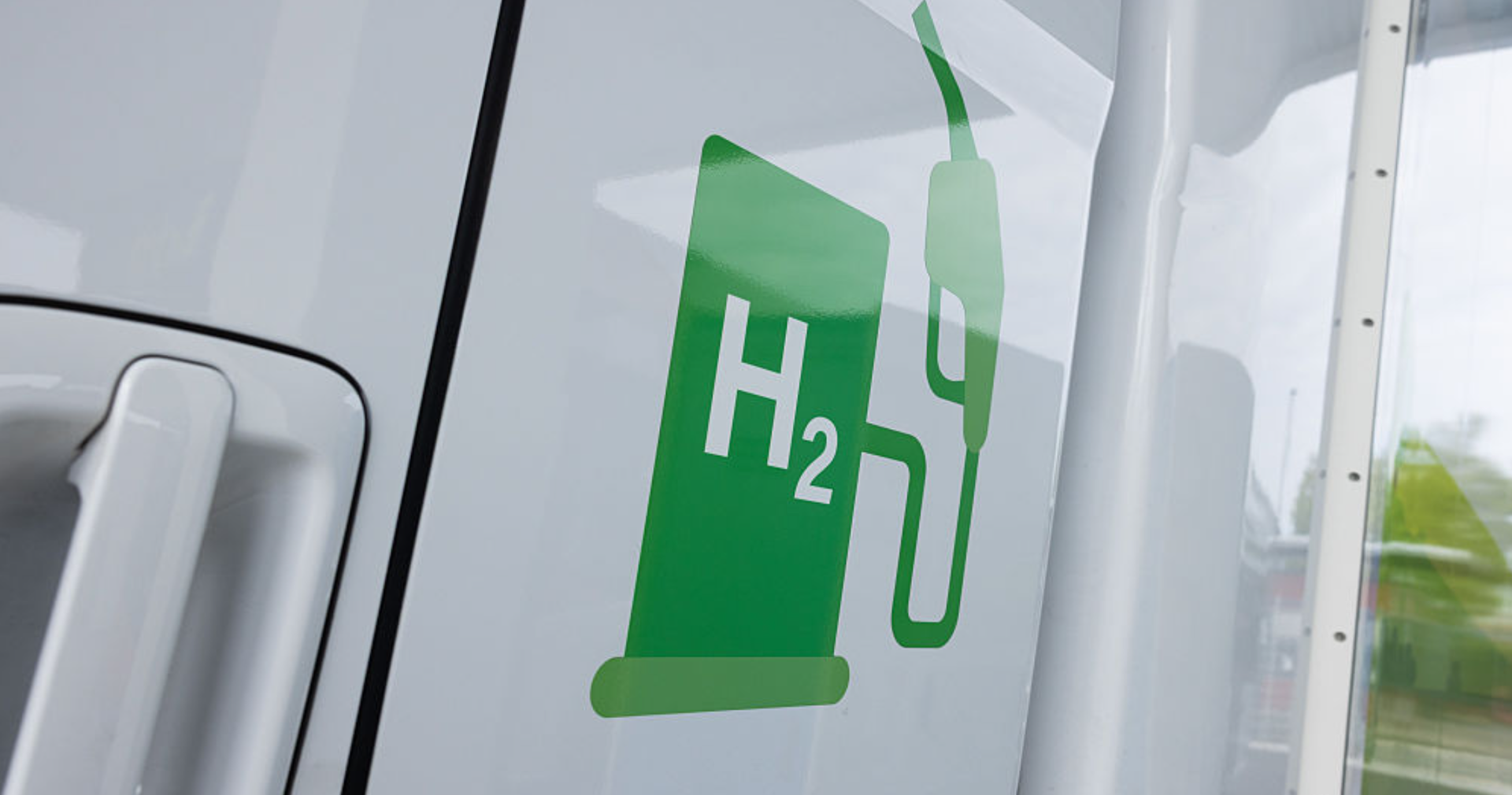· 6 min read
How to regulate hydrogen networks is one of the key questions this year as the EU implements its Hydrogen Strategy. It’s also becoming urgent.
The International Energy Agency’s (IEA) recent Net Zero Emissions 2050 Roadmap clearly shows the indispensable role of clean hydrogen to help decarbonise the ‘hard-to-abate sectors’ like industry and heavy-duty transport and provide zero-carbon seasonal storage.
The main policy message of the IEA report is that governments need to act more boldly and faster to make it happen. The scaling-up of clean hydrogen needs to start yesterday in order to reach significant penetration in the 2030s and 2040s.
The EU electrolysis capacity targets for 2024 (6 GW) and 2030 (40 GW) are rightly very ambitious. To achieve this, we need to speed up putting in place the regulatory frameworks and appropriate support schemes to de-risk private investment.
Globally, more than $1 billion of clean hydrogen projects are announced every single week, according to recent data from the Hydrogen Council! Many of those in Europe, and investors from around the world are keen to provide funding, provided the EU can clarify the rules of the game as soon as possible.
One of the hotly debated issues in the EU is how to regulate the future hydrogen networks. It’s also becoming increasingly urgent. Not only because it’s one of the missing pieces in the regulatory framework that needs to be put in place. But also because in June this year European gas infrastructure companies have presented a detailed plan for a European Hydrogen Backbone.
This plan is predominantly based on repurposed existing gas pipelines, connecting clean hydrogen supply to demand centres across Europe. A European Hydrogen Backbone is essential to create in time a truly integrated and liquid EU clean hydrogen market.
Obviously, it should be ensured that the Hydrogen Backbone transports only overwhelmingly decarbonised hydrogen. The promising European Hydrogen Backbone plan also raises the question of the longer-term future regulation of the repurposed gas pipelines.
And in case you have missed the big news: the Dutch government officially announced in early July that it will task the state-owned gas infrastructure company Gasunie with developing a hydrogen backbone in the Netherlands on the basis of repurposed gas infrastructure.
The investment required for reuse is estimated to be roughly 4 times lower than the investment that would be needed for new pipelines, which is in line with international benchmarks.
A national transmission grid can be realised for around €1.5 billion. Companies with hydrogen projects in the Netherlands have widely welcomed this step, as this eliminates one key uncertainty from the equation of the new hydrogen value chain.
As all the stakeholders in the European hydrogen scene understandably battle for the attention of the European Commission and European policymakers on how the future regulation of hydrogen networks should be shaped, it might be wise to take a step back and listen to the most independent experts in regulation of energy networks: CEER and ACER.
In a paper in early February 2021 that didn’t make the headlines, they recommend a gradual and dynamic approach to the regulation of hydrogen networks, in line with the market and infrastructure development.
CEER & ACER kindly remind us that the current situation with hydrogen is very different from the situation when regulation for gas and electricity networks was introduced.
Why is that the case? Well, gas and electricity networks were already in place in most EU member states when regulation was introduced, while hydrogen infrastructure and maybe more importantly a large scale hydrogen market still needs to be developed.
Clearly, CEER & ACER are thinking here of the plans for repurposing gas pipelines, but they do mention the existence of a few private hydrogen networks that have been constructed as business-to-business networks decades ago.
Apart from those sparse private networks, the entire hydrogen infrastructure is still in its infancy, with a view of growing rapidly in the decades to come. This radically different starting position should be kept in mind, in particular by those who quickly state that ‘hydrogen is a gas, so we should simply copy-paste the current gas legislation to hydrogen’ and apply it immediately.
This view overlooks that clean hydrogen is very much still a nascent market at this point in time. As one European hydrogen expert asked some time ago: ‘does it really makes sense to install traffic lights and police before we even have more than a few cars on the road?’
Probably not, I would say.
The other side of the coin, of course, is that a hydrogen network in principle does have the characteristics of a natural monopoly and can be considered as an essential facility. Once serious volumes of hydrogen will flow through the repurposed pipelines, we need to be wary of the risk of congestion and abuse of market power by hydrogen network owners.
How do we know when those risks become serious? That requires the expert assessment of national regulators, as they monitor how the market evolves, while applying established EU-wide principles like unbundling, third-party access, non-discrimination and transparency.
That’s why ACER & CEER talk about a dynamic approach. They also make a helpful recommendation to look at the model of the existing EU regulation of telecommunications which has proven capable of dealing in a flexible yet predictable way with changing market circumstances by allowing national regulators to evaluate regularly the need and appropriateness of regulatory interventions.
This dynamic approach would thus enable national regulators to intervene, if and where needed, to curb significant market power by specific regulatory obligations. It also reflects the fact that the development of hydrogen networks will vary both in speed and dimension.
Looking at the plans, it seems that towards 2030 dedicated hydrogen networks will be mainly needed in north-western Europe. Also there we can learn from experience. The natural gas markets in this region took a lead in developing and shaping what was ultimately transformed into binding rules in the current gas directive and regulation.
Doesn’t this basically mean that we will end up in the same place as with gas when it comes to regulating hydrogen networks? That could well be the case if the European hydrogen strategy is successfully implemented, eventually.
But it may take 15 years or more for the clean hydrogen market to become mature enough. In these 15 years, unexpected developments will take place which require agility. Therefore, we can’t set in stone in 2021 how a dynamic market will or should develop.
Therefore, a gradual and dynamic approach could be very helpful in getting us there sooner rather than later.
The European Commission and European lawmakers can do a lot worse than take the advice of the most competent and independent voice of ACER & CEER when it comes to regulating hydrogen networks.
This article also appeared on Euractiv. Energy Voices is a democratic space presenting the thoughts and opinions of leading Energy & Sustainability writers, their opinions do not necessarily represent those of illuminem.






